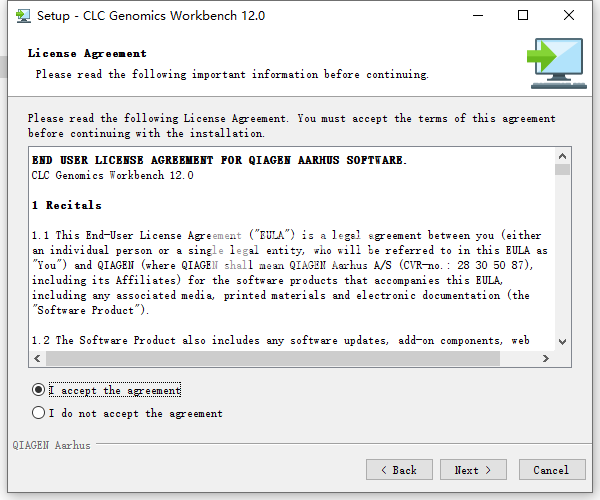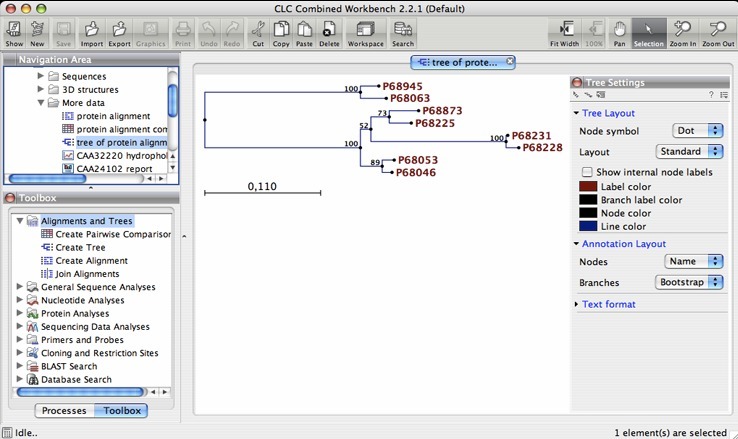
RepeatMasker estimated 35.90% of the assembly to be repetitive elements, with long terminal repeat retrotransposons predominating ( Supplementary Table 4). We assembled the genome into 89,514 nuclear scaffolds with an N 50 (the length at which scaffolds include half the bases of the assembly) of 104 kilobase pairs (kbp), 26 mitochondrial scaffolds, and one plastid chromosome ( Supplementary Tables 2 and 3), where the non-N assembly constitutes 80.5% of the predicted genome size. Total genomic DNA was sequenced to 192× coverage (see Supplementary Table 1). The haploid genome size was measured by flow cytometry as 877.24 ± 1.41 megabase pairs (Mbp).
#Clc genomics workbench 7.5 free#
The sequenced tree (Earth Trust accession number 2451S) appeared free of ash dieback (ADB) when sampled in 20, but showed symptoms in February 2016. excelsior) tree generated from self-pollination of a woodland tree in Gloucestershire, UK. This rapid, integrated, multidisciplinary research response to an emerging health threat in a non-model organism opens the way for mitigation of the epidemic. fraxineus is associated with their iridoid glycoside levels. We also present evidence that susceptibility of trees to H. Surveys of these markers in British populations suggest that reduced susceptibility to ash dieback may be more widespread in Great Britain than in Denmark. Using our reference sequence, we re-analyse association transcriptomic data 3, yielding improved markers for reduced susceptibility to ash dieback. excelsior trees from Europe, finding evidence for apparent long-term decline in effective population size.

Analyses of paralogous genes suggest a whole-genome duplication shared with olive ( Olea europaea, Oleaceae). Here we sequence the genome of a low-heterozygosity Fraxinus excelsior tree from Gloucestershire, UK, annotating 38,852 protein-coding genes of which 25% appear ash specific when compared with the genomes of ten other plant species.

Ash trees (genus Fraxinus, family Oleaceae) are widespread throughout the Northern Hemisphere, but are being devastated in Europe by the fungus Hymenoscyphus fraxineus, causing ash dieback, and in North America by the herbivorous beetle Agrilus planipennis 1, 2.


 0 kommentar(er)
0 kommentar(er)
